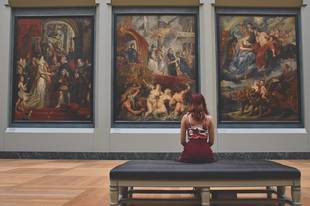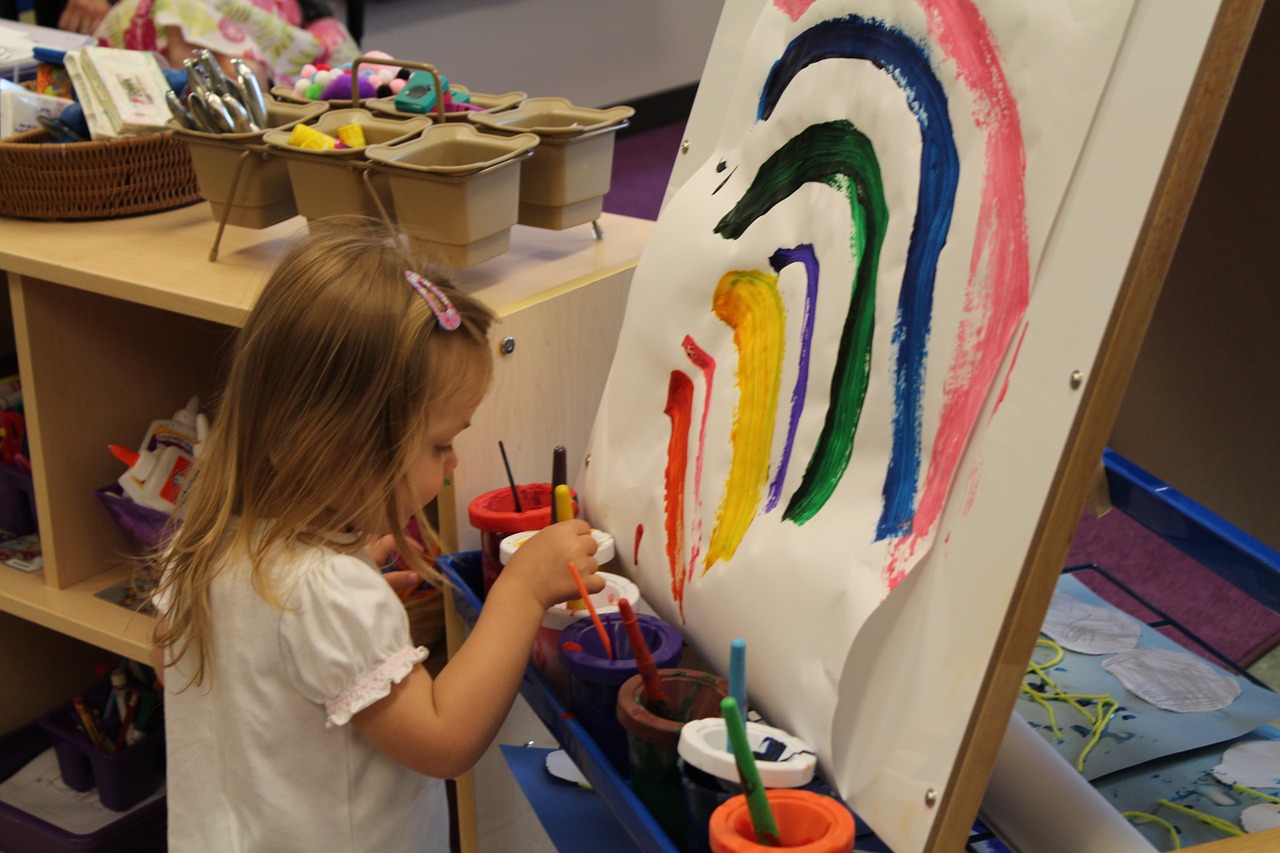
Artistic creations, most particularly paintings, are popularly regarded as wise and profitable investments. However, many an art collector has seen his oil paintings deteriorate in appearance and depreciate in value because of sheer carelessness. Here are some tips to guide you on the proper way to care for your valuable artworks in oil:
1. No Direct Sunlight
To begin with, oil paintings should be put up where no direct or reflected sunlight affects the work. Ultraviolet rays and direct or radiated heat can damage oil paintings severely. The lanai is therefore a totally wrong place to display oils. Instead, stone sculptures and plant menageries are recommended for this area.
2. Avoid Moisture
Try not to hang paintings on walls with running water pipes behind them as moisture from these pipes may seep through the walls and to the paintings. Avoid hanging them near windows and doors where outside atmospheric moisture may reach the paintings.
3. On Solid Walls
It is best to display oil paintings on solid interior walls. Decide the proper height by determining the average eye level of people living in the place.
4. Proper Cleaning
Once every week, wipe the painting across with a clean, dry, soft cloth, preferably of pure cotton. More sensitive oils may require the use of a soft brush. Rabbit's hair bristles are highly recommended for this purpose. Dab as you would apply rouge on your cheeks. Avoid using chemicals and cleaning agents at all costs unless recommended by a highly-knowledgeable expert. Certain pigments or paints usually attract mildew. Do not be overly alarmed by this. For as long as the work is religiously cleaned and kept dry, it will last for centuries. Never also forget to clean the back of the painting regularly so that no spider webs or dust will gather. If possible, clean the paintings yourself. Otherwise teach your househelps how to properly handle and clean your oil paintings.
5. Signs Of Chipping
Check periodically if the painting is showing signs of chipping. Works by artists from the 1950s and earlier were normally done straight on plywood or canvas because primers (the usually white acrylic base applied before painting with oil pigments), were not yet in popular use. Do not touch the sensitive portions. Call an art expert to examine the perceived signs of chipping.
6. Seek Help On Restoration
Never attempt to do restoration work on your oil collections. Scratches, scrapes and mildew attacks on paintings should be referred to experts (or the artists themselves if they are still in practice). Information on conversion and restoration may be obtained from museums and art galleries.
7. No Sweat
Avoid touching the painting with sweaty hands. Finger smudges can just be wiped off with a very slightly damp, clean piece of cloth.
8. Educate Your Children

Some children have the penchant to draw, and they may try to trace the outlines of the painting by drawing an overlay using pens or crayons, which would smudge the painting. So, you need to educate and guide your kids with regards to the value of the paintings. If ever smudges were made on the painting, do not try to scrape it off. Consult an expert on how to remove them.
9. Proper Storage
For oil paintings, which need to be stored, clean the artworks thoroughly first then wrap in Manila paper and store them in a dry, cool place. Professional art collectors store oil paintings in dark, dry rooms where temperature is constant and where dusts do not accumulate.

















